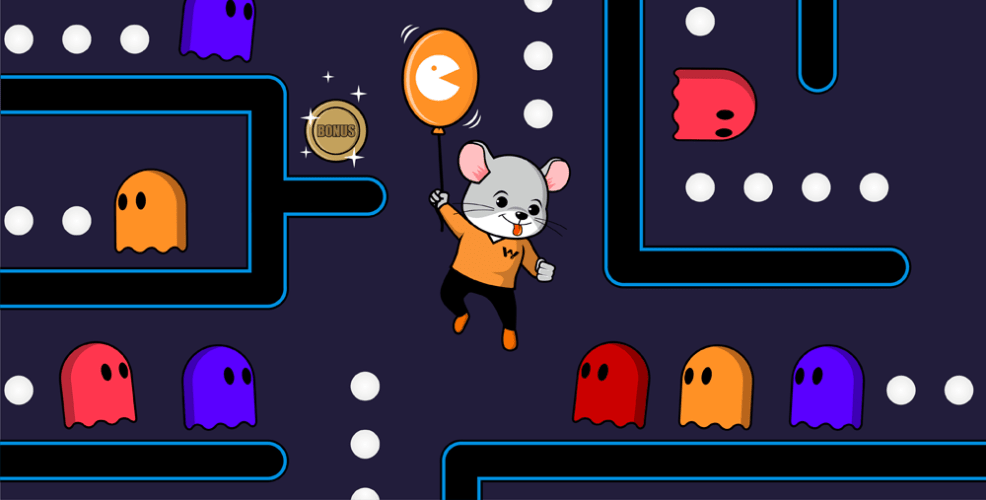
Please note that this blog is archived and outdated. For the most current information click here!
Gamification: Opportunities Ahead & Pitfalls to Avoid
One of the major misconceptions surrounding gamification is that it is simply turning real-world tasks into frivolous activities. Gamification is the proof that a system or process can be fun or competitive without compromising on benefit or clarity of the task. Another common misconception is that gamification is only aimed at gamers. It is in fact aimed at everyone as it relates to awareness levels and education. Regular users can engage with gamified tasks and business processes without having any gaming experience.
The aim is not to make a game or manipulate the users; ultimately it is to increase interaction and engagement with the audience or users. Over time organisations will need to evolve the application in order to maintain engagement levels. Users will eventually run out of tasks or challenges to complete and once this happens engagement levels will drop dramatically for those users. A way to minimise this risk is to use the data that is continuously gathered by organisations which can, in turn, be used to adapt gamified processes as needed. One way to combat this problem is to have frequently added content.
Even if content is added frequently the design is important at every stage of the gamification process. Motivators are very important when designing the way in which to gamify a process. An extrinsic motivator, when turned into a scarce commodity in a gamified process through competition, actually turns players into rivals. This results in collaboration being destroyed and it diminishes the intrinsic interest. Extrinsic rewards are not long term solutions, as they result in the completion of tasks for the sole purpose of getting a reward rather than having intrinsic motivation. This type of situation results in an unsustainable means for motivation to complete the task if or when there is no reward.
However, a key point to take away is that gamification is not a substitute for good management. When gamification is introduced there are dangers associated with it becoming a stopgap measure for poor management instead of an accelerator for the business. When there is a clearly articulated problem, gamification can address that and become a contributor to core processes and strategies. Gamification supplements existing business processes, it does not replace them.




